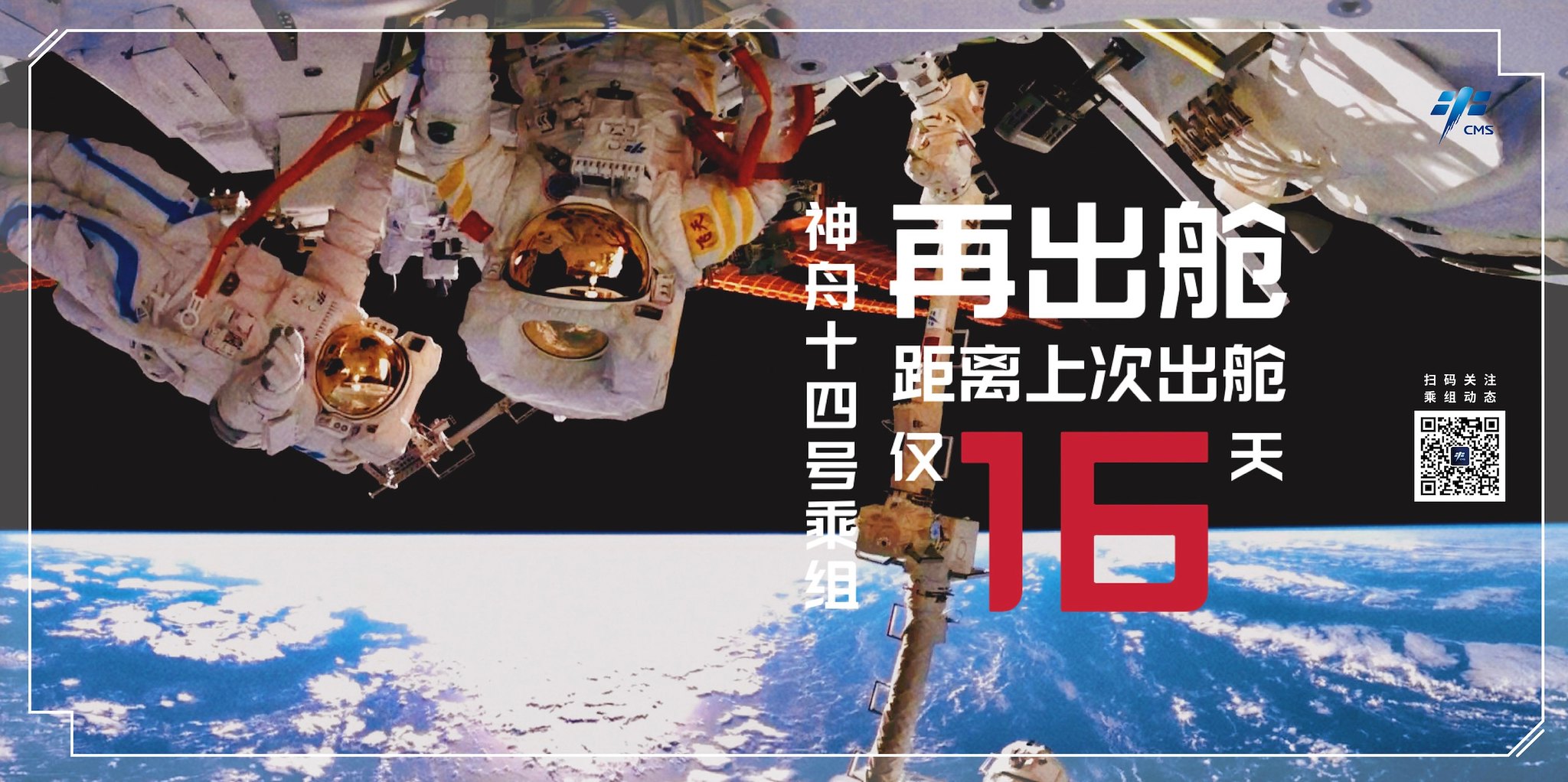You are using an out of date browser. It may not display this or other websites correctly.
You should upgrade or use an alternative browser.
You should upgrade or use an alternative browser.
China's Space Program Thread II
- Thread starter Blitzo
- Start date
escobar
Brigadier
UAE's 2nd lunar rover Emirates-2 will ride aboard Chang'e-7Quote from the article
This November, the Emirates plans to launch its first Moon mission, which involves a 10-kilogram rover called Rashid.
A Japanese lander — Hakuto-R Mission 1 — will carry the rover to the lunar surface.
Without reading the details of the agreement, I can't be sure, but one possibility is that UAE is taking CNSA launch as a backup to the upcoming Japanese launch. Of course it can also be possible that UAE will have a 2nd rover regardless the fate of the Japan launched one.
by78
General
The vibration test system of the Fifth Academy of Aerospace Science and Technology Group is capable of producing a lateral thrust of 70 tons and a vertical thrust of 140 tons. It's used to simulate the vibrations experienced by payloads at the moment of rocket launch. The system has completed vibration tests for China's new-generation manned spacecraft and all the modules of the Chinese space station.
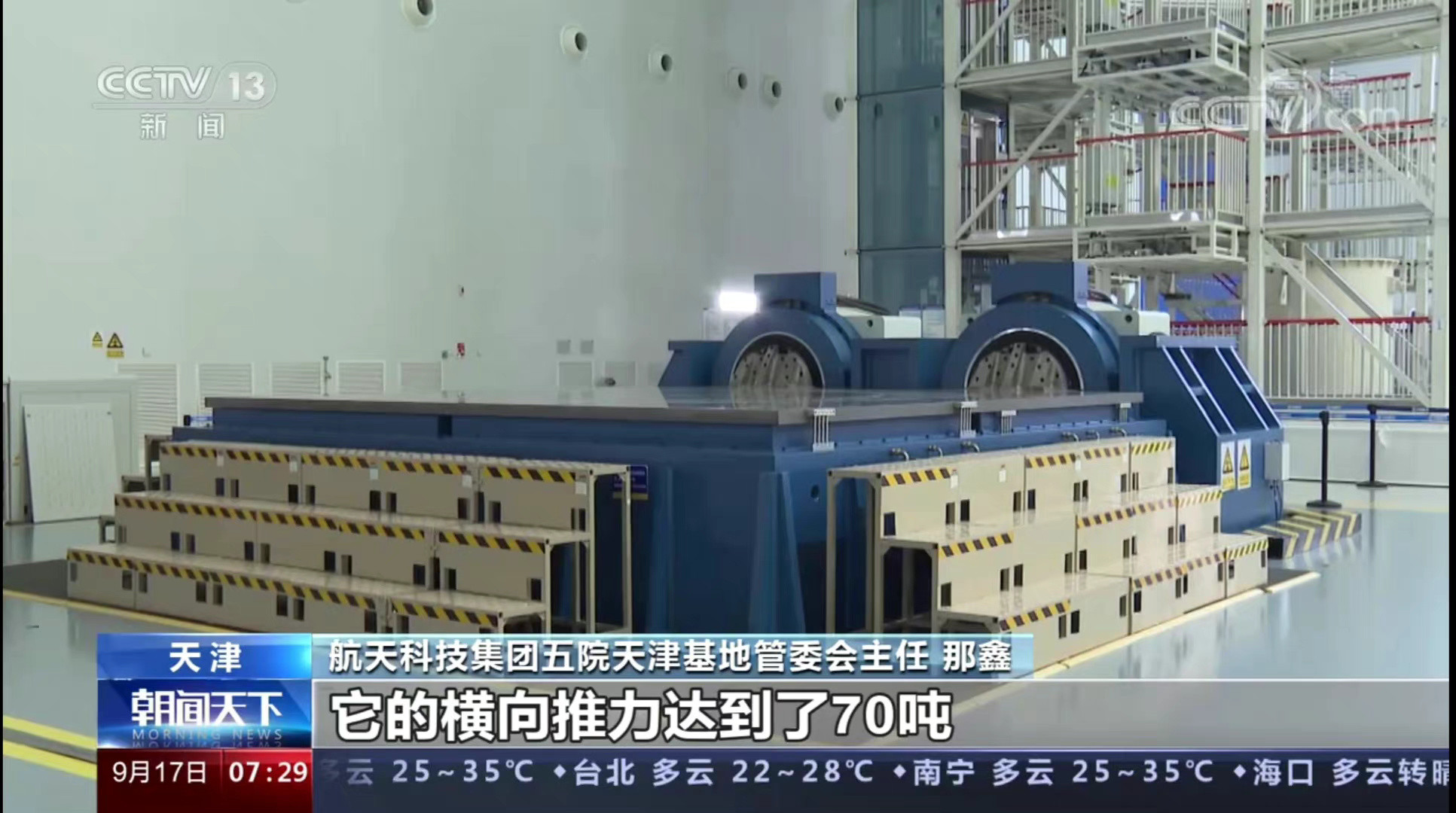



北京时间2022年9月17日13时35分,航天员蔡旭哲成功开启问天实验舱气闸舱出舱舱门。至15时33分,航天员蔡旭哲、航天员陈冬先后成功出舱。
目前,两名出舱航天员已完成安装脚限位器和舱外工作台等工作,后续将在小机械臂的支持下,相互配合开展舱外助力手柄安装、载荷回路扩展泵组安装、舱外救援验证等作业。航天员刘洋在核心舱内配合支持两名出舱航天员开展舱外操作。这是航天员蔡旭哲首次执行出舱活动任务。
The Shenzhou-14 crew carried out their second EVA outside of the China Space Station from 13:35 to 17:47 UTC+8, Sept 17, 2022.北京时间2022年9月17日17时47分,经过约5小时的出舱活动,神舟十四号航天员陈冬、刘洋、蔡旭哲密切协同,完成出舱活动期间全部既定任务,航天员陈冬、航天员蔡旭哲已安全返回问天实验舱,出舱活动取得圆满成功。
航天员出舱活动期间,先后完成了舱外助力手柄安装、载荷回路扩展泵组安装、舱外救援验证等任务,全过程顺利圆满,进一步检验了航天员与小机械臂协同工作的能力、验证了问天实验舱气闸舱和出舱活动相关支持设备的功能性能。
Chen Dong and Cai Xuzhe went out of the CSS today while Liu Yang stay inside supporting their activities.
Chen and Cai installed the foot stopper, workbench, auxiliary handle and pumps set for the payload circuit extention outside the Wentian Module, exercised the extravehicular rescue procedure, verified the function and co-operativity of the small robotic arm and tested the supporting devices for EVA during this more than four hours mission.
Photos taken by the panorama camera of the Wentian lab.
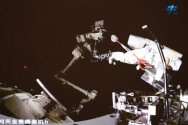
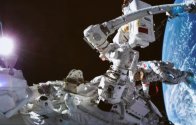
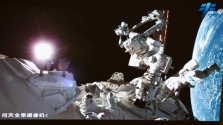
Photos taken by the cameras of the spacesuits.
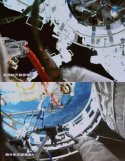
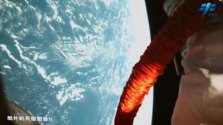
Last edited:
Look at the flat earth, seems so round.The Shenzhou-14 crew carried out their second EVA outside of the China Space Station from 13:35 to 17:47 UTC+8, Sept 17, 2022.
Chen Dong and Cai Xuzhe went out of the CSS today while Liu Yang stay inside supporting their activities.
Chen and Cai installed the foot stopper, workbench, auxiliary handle and pumps set for the payload circuit extention outside the Wentian Module, exercised the extravehicular rescue procedure, verified the function and co-operativity of the small robotic arm and tested the supporting devices for EVA during this more than four hours mission.
Photos taken by the panorama camera of the Wentian lab.
View attachment 97751
View attachment 97752
View attachment 97753
Photos taken by the cameras of the spacesuits.
View attachment 97750
View attachment 97754
by78
General
The latest design iteration on the CZ-9 (Long March 9) carrier rocket presented by Mr. Long Lehao. The design is no longer stepped, meaning the entire rocket has a single diameter (10.6m). The second and third stages still use 120-ton supplementary combustion hydrogen-oxygen engines. The first stage now has 24 240-ton oxygen/kerosene engines, as opposed to 26 oxygen/kerosene engines.

Previous iteration:


Previous iteration:

Last edited:
by78
General
The latest information on the Chang'e 7 mission:
1) It will be launched toward the end of 2026 on a CZ-5 rocket;
2) The design life is more than eight years, and the total weight is at least 8.2 tons;
3) It consists of six parts: orbiter, lander, Chinese rover, UAE rover, a hopping/flying probe, and a relay satellite;
4) Will land on the lunar south pole and carry out comprehensive and detailed exploration of the topography, material composition, geological structure, space environment, and potential resources of the lunar polar region;
5) Will verify some key engineering technologies for the future lunar research base, such as high-precision fixed-point landing, and verification of the lifespan and reliability of various sensors and detectors in lunar environments.
6) The small leaping/flying probe has a design life of six months. It's capable of repeated takeoff and landing as well as surface crawling. After fully charging its battery using solar power, it will fly into the eternally dark area at the bottom of the lunar south pole impact crater. Using the water molecule and hydrogen isotope analyzers it carries, it will look for water and other volatile substances.
7) Will observe the Earth's magnetic field as well as the magnetosphere (plasmasphere + magnetotail) from the moon. Will build a Lunar-Earth measurement and observation experimental system with a baseline of 400,000 kilometers.





1) It will be launched toward the end of 2026 on a CZ-5 rocket;
2) The design life is more than eight years, and the total weight is at least 8.2 tons;
3) It consists of six parts: orbiter, lander, Chinese rover, UAE rover, a hopping/flying probe, and a relay satellite;
4) Will land on the lunar south pole and carry out comprehensive and detailed exploration of the topography, material composition, geological structure, space environment, and potential resources of the lunar polar region;
5) Will verify some key engineering technologies for the future lunar research base, such as high-precision fixed-point landing, and verification of the lifespan and reliability of various sensors and detectors in lunar environments.
6) The small leaping/flying probe has a design life of six months. It's capable of repeated takeoff and landing as well as surface crawling. After fully charging its battery using solar power, it will fly into the eternally dark area at the bottom of the lunar south pole impact crater. Using the water molecule and hydrogen isotope analyzers it carries, it will look for water and other volatile substances.
7) Will observe the Earth's magnetic field as well as the magnetosphere (plasmasphere + magnetotail) from the moon. Will build a Lunar-Earth measurement and observation experimental system with a baseline of 400,000 kilometers.













